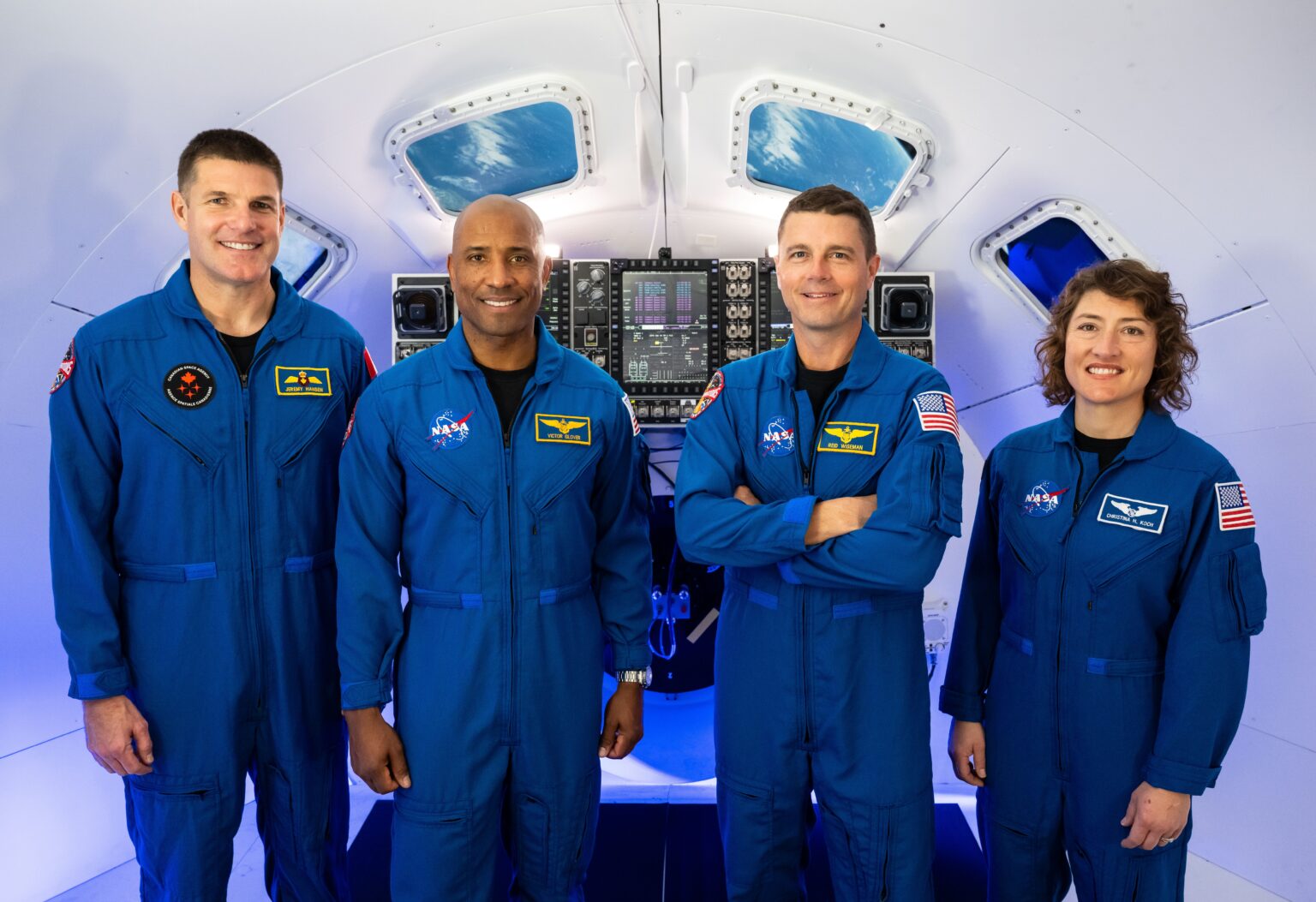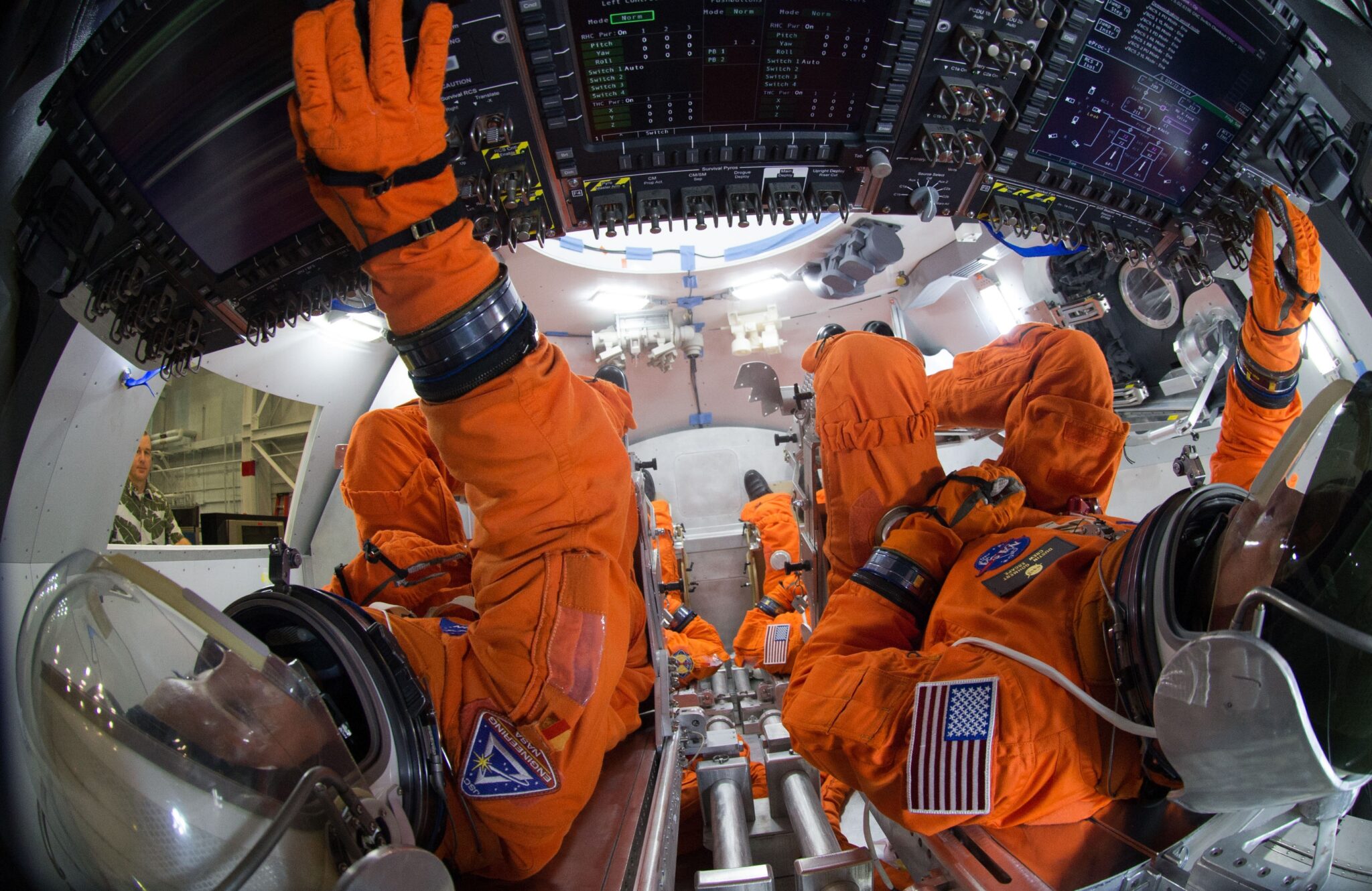Any day now, preparations will begin for the first crewed mission to the Moon in 50 years. NASA astronauts Christina Koch, Victor Glover and Reid Wiseman, along with Canadian Space Agency astronaut Jeremy Hansen, would begin preparations for the Artemis II mission in June, NASA announced this week.

The training program for the 10-day mission will last 18 months. Most of the preparation lessons will take place at the Johnson Space Center in Houston, Texas. This is where NASA has a mock-up of the Orion spacecraft. The other part will take place at the Kennedy Space Center in Florida, the launch site of the Artemis II mission. The training will include detailed lessons on the control of the Orion spacecraft and the SLS rocket systems, as well as how to respond to any emergencies that will arise during the mission.
Artemis II
The Artemis II mission is scheduled for November 2024. The green light was given to it by the successful Artemis I mission, which last year tested the new NASA Space Launch System (SLS) rocket and the Orion spacecraft during a trip around the Moon. The upcoming mission will bring the astronauts closer to about 140 km from the lunar surface, and then carry them further from Earth than any other crewed mission before.

The four crew members of NASA’s Artemis II mission were introduced to the public at a special event in April. Everyone except Hansen has already been in space aboard the International Space Station in near-Earth orbit.
A successful mission will pave the way for the long-awaited Artemis III mission in 2025, which will carry out the first crew landing on the surface of the Moon since the last Apollo mission in 1972. NASA’s Artemis program will use new technologies to explore more of the lunar surface than ever before. The ultimate goal is to establish the first long-term presence on the Moon and the potential use of the celestial body as a launch pad for the first crew mission to Mars.
Earlier we reported on how the Orion spacecraft would “shoot” lasers during the flight to the Moon.
According to NASA
Follow us on Twitter to get the most interesting space news in time
https://twitter.com/ust_magazine

